Victorian Period Tilework
The updated interior architecture of this Victorian home can be just as authentic as it's exterior, preserving the distinctive character and charm of the period.
Experience the unique characteristics of Victorian period home tilework using our interactive 3D room model to visualize the possibilities for your Heritage Tile project.
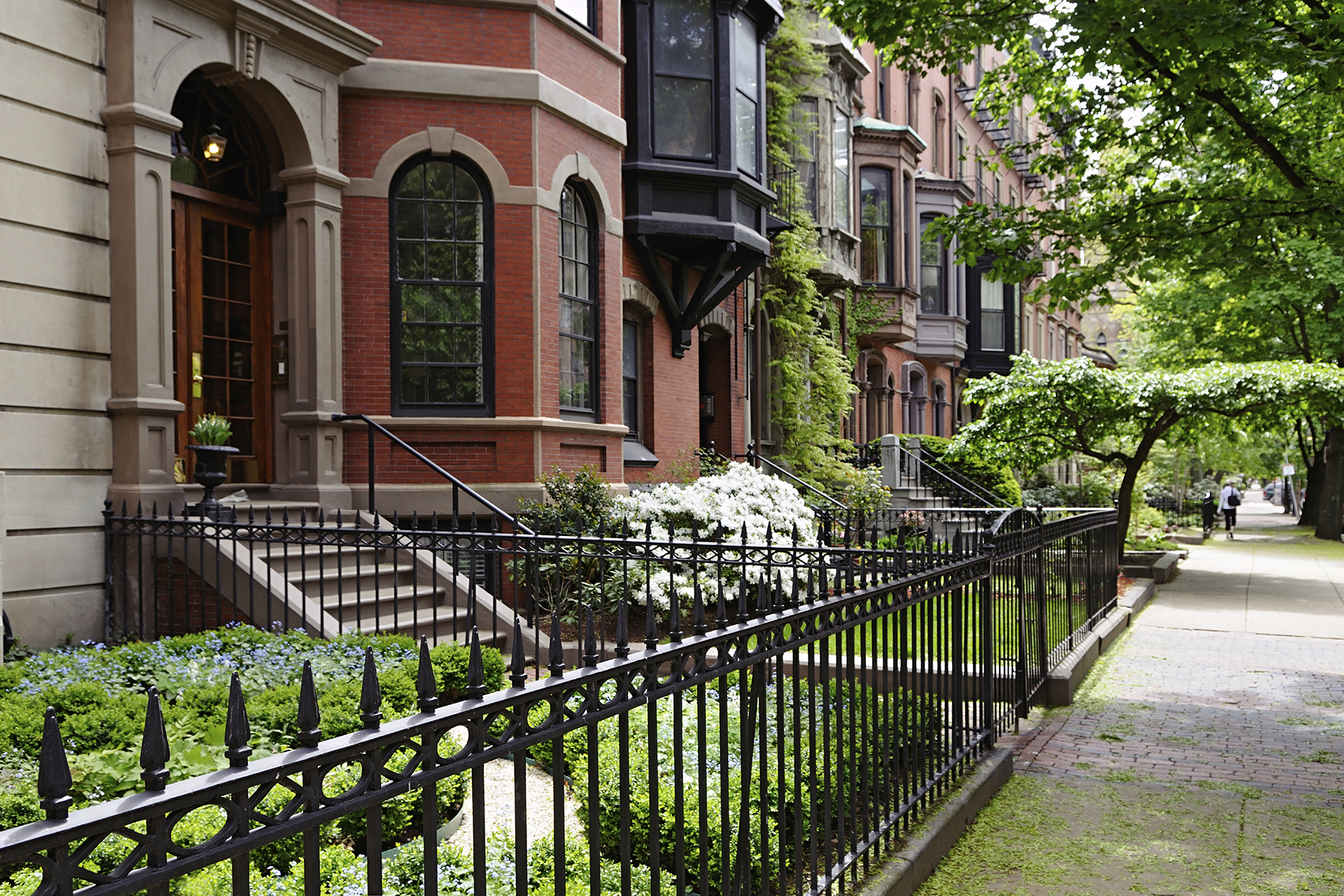
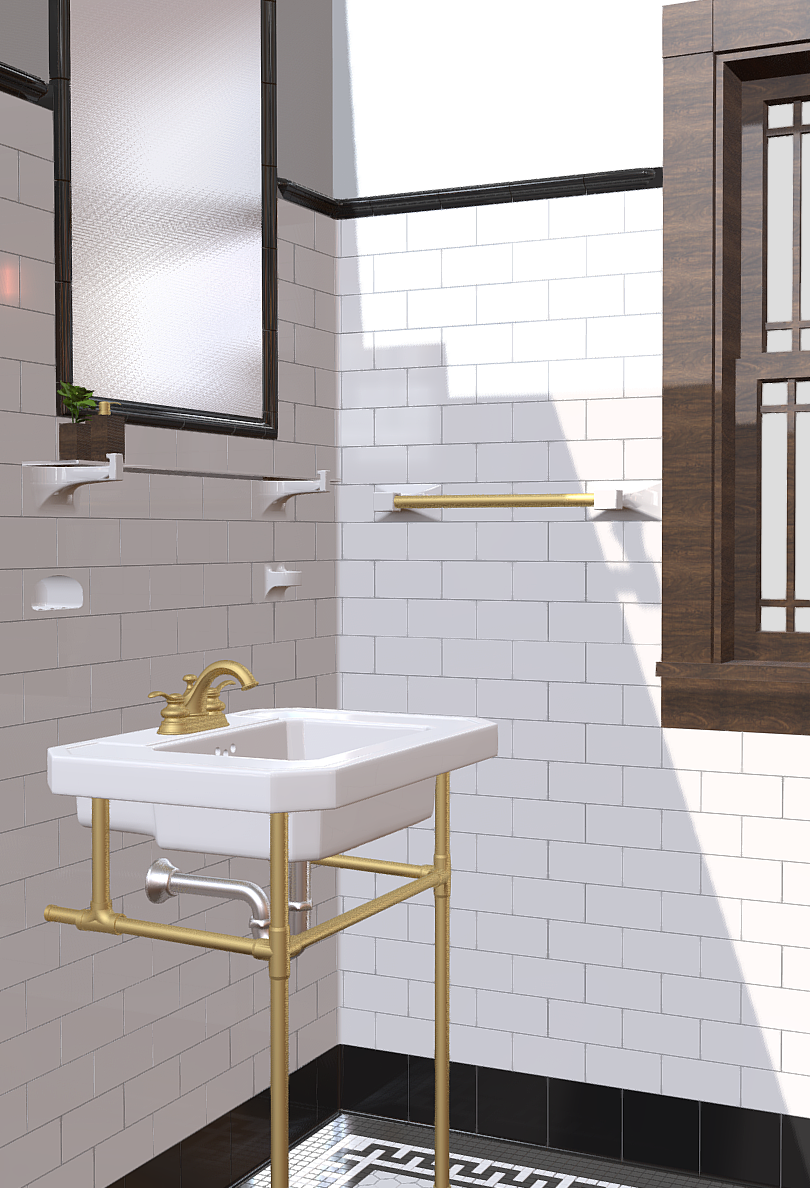
FIELD TILE
The universally recognized "subway tile" pattern is the 3" x 6" offset (running bond) pattern. Unique characteristics common to any form of historically authentic subway tile is a perfectly flat surface, pencil-thin grout lines and a tile spacing the thickness of a credit card.
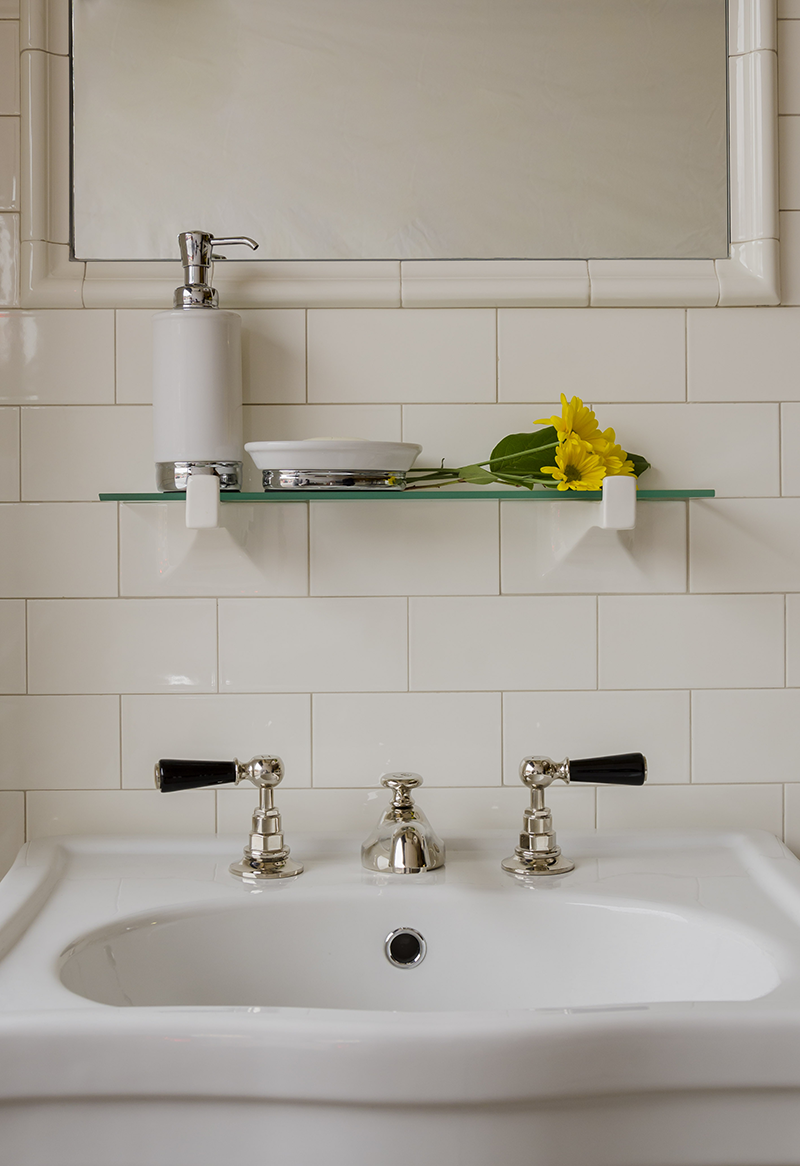
GLAZE FINISHES
A gloss white glaze reflected the high regard for sanitary surfaces, with typical decoration limited to accent liners. Over time a slightly amber patina developed, which is reproduced in the Subway Ceramics "Avalon" white glaze.
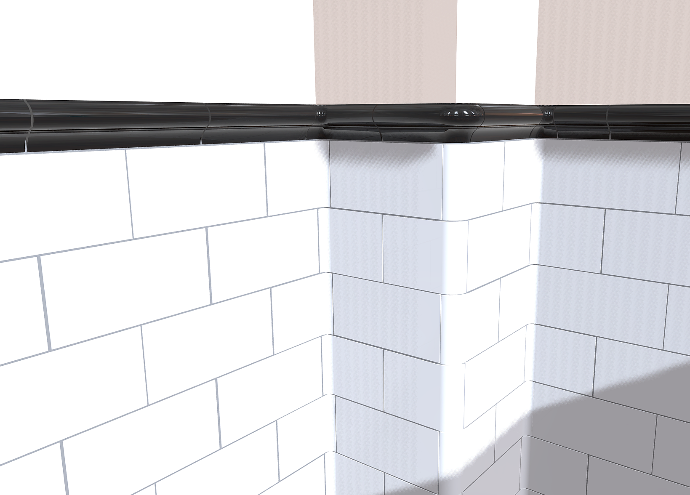
CORNER TRIMS
The tile wainscot surrounding the bath serves as a practical barrier to water and humidity, featuring wrap-around cove and outside corners for a seamless, easy-to-maintain surface.
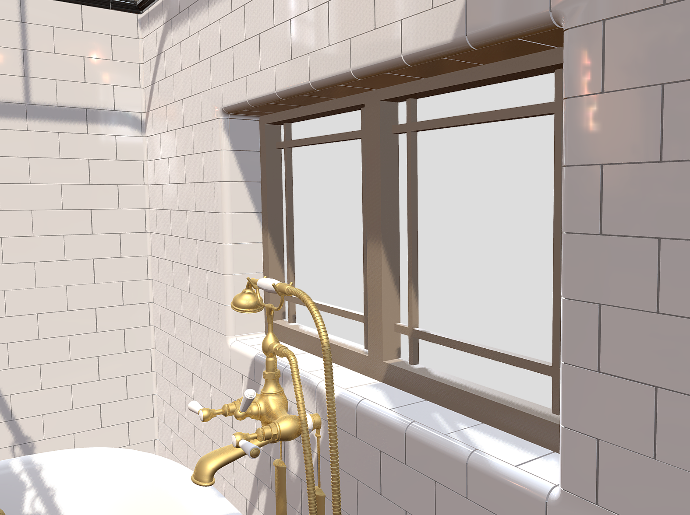
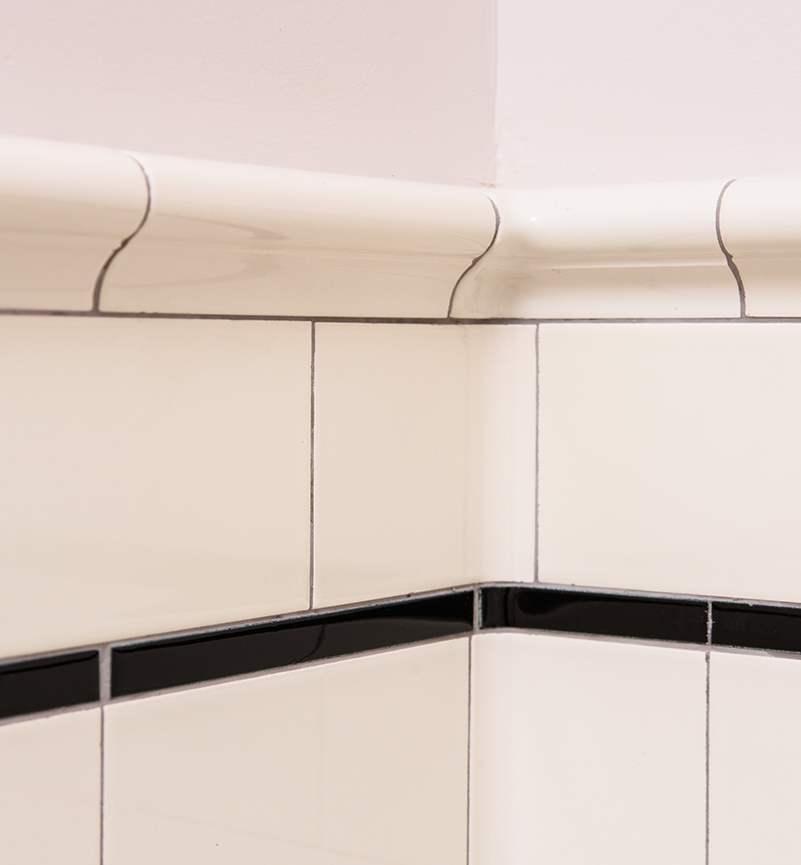
CAP MOULDINGS
Terminating the wainscot was typically a simple, elegant P-cap moulding which included miter-less inside corner transitions and end stops at door and window intersections.
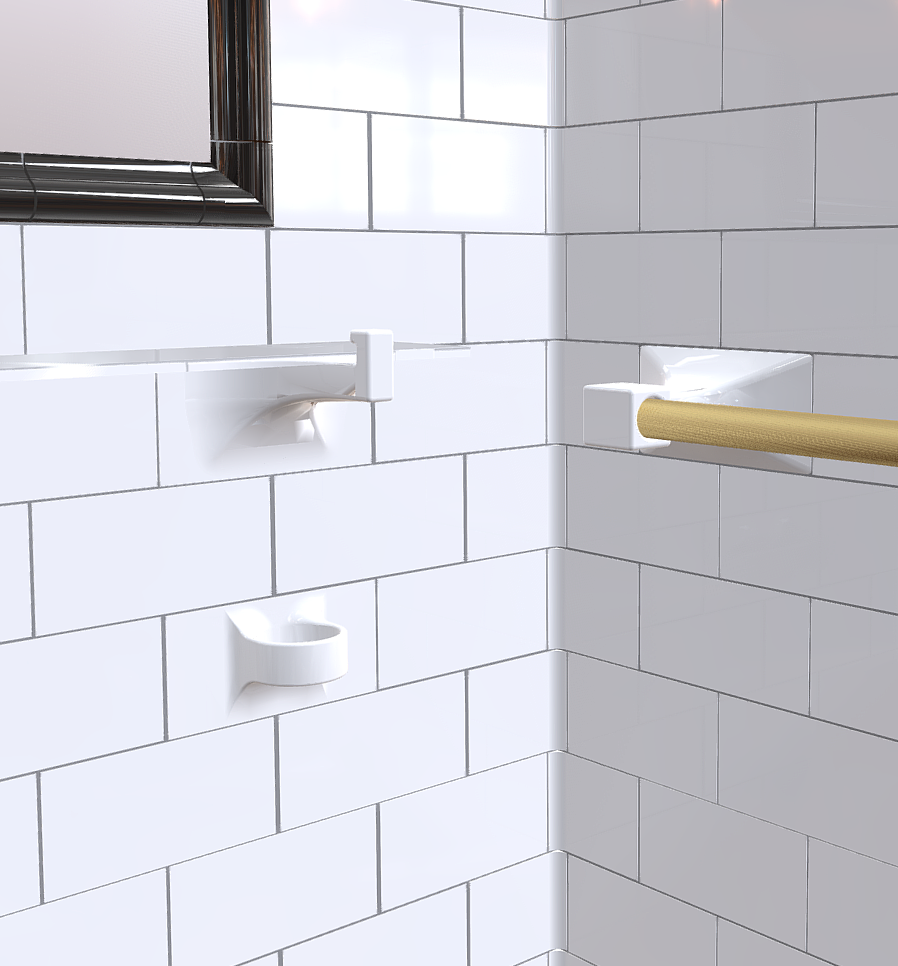
CERAMIC ACCESSORIES
Functional and sculptural ceramic accessories are integral to the tilework, providing a seamless system for towel bars, shelf supports, robe hooks and recessed soap and paper holders.
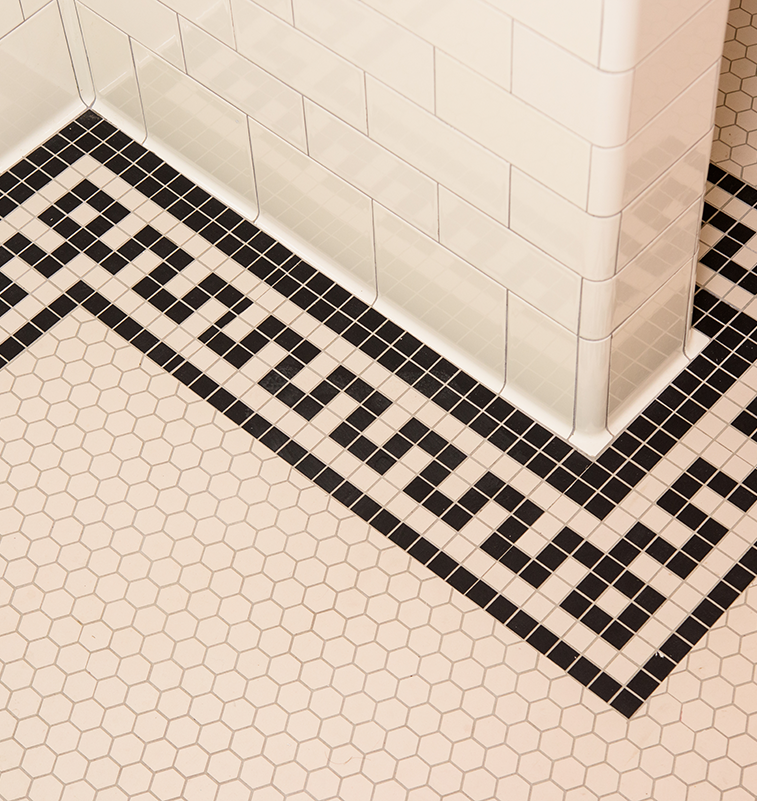
FLOOR MOSAICS
Unglazed porcelain mosaics were ubiquitous in the Victorian era home for their durability, slip resistance, and design versatility. Classic greek key borders surrounding hexagon fields were a classic favorite during this period.